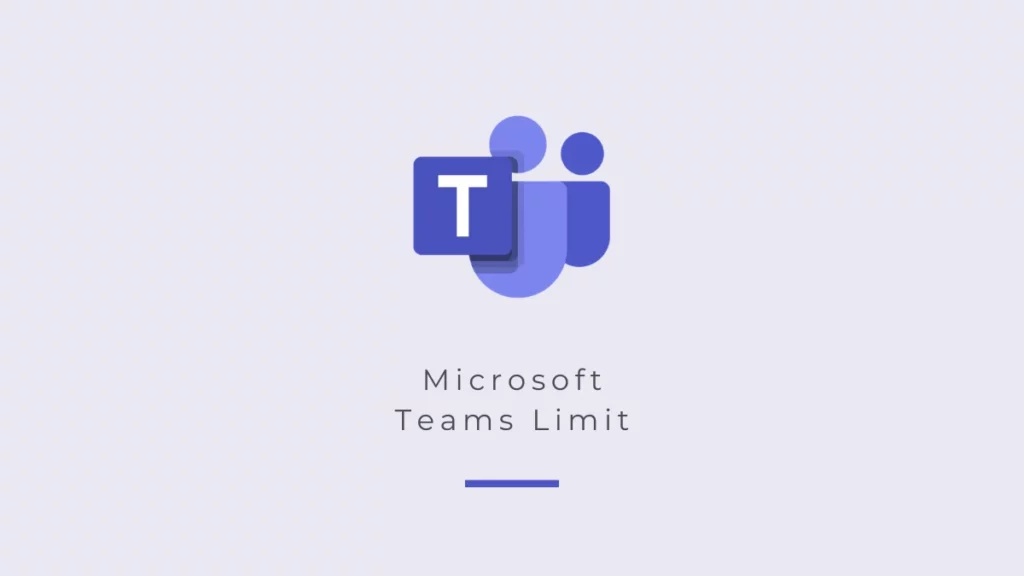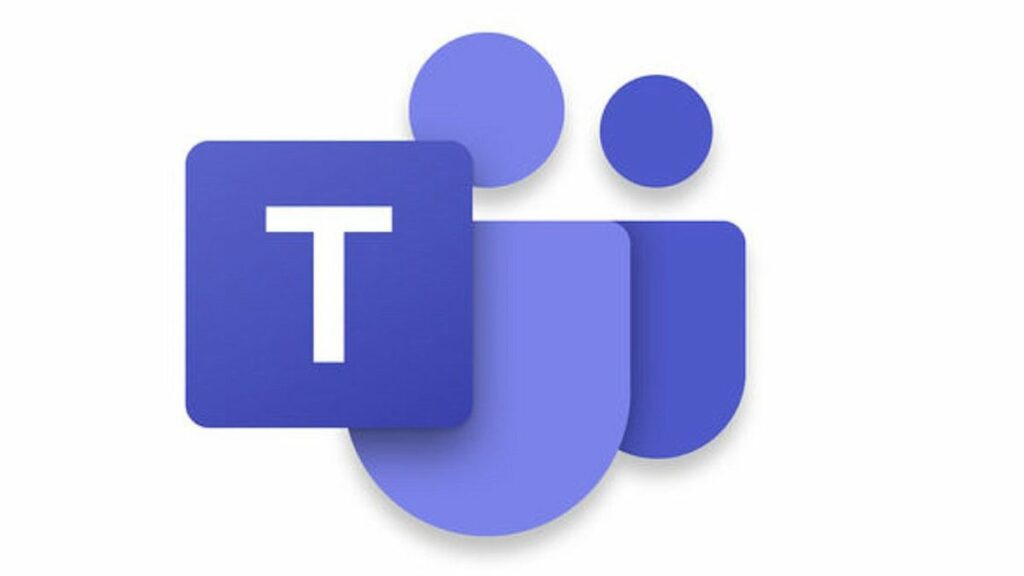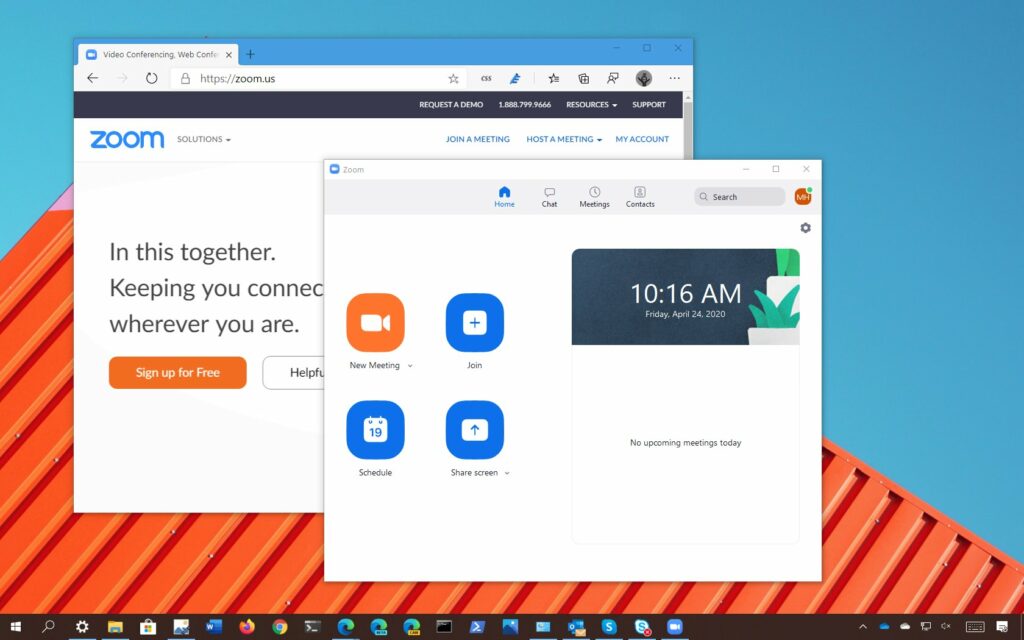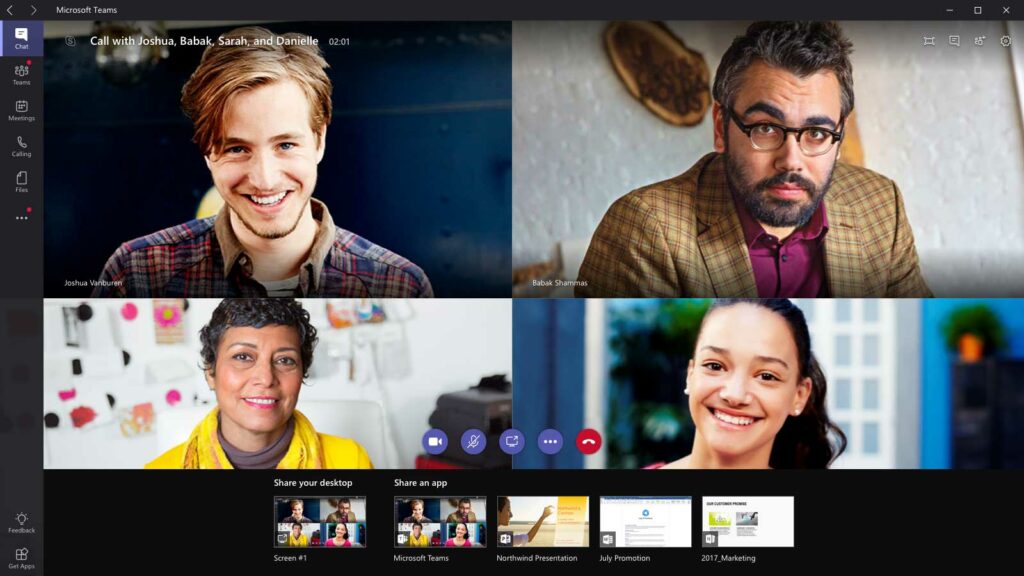Table of Contents
Microsoft Teams Limits Video Conferences:
If you’re using Microsoft Teams, you’ve probably noticed that it limits video conferences to 20 participants. But this number is about to increase, so read on to learn more. Microsoft Teams is also limited when it comes to conferencing for work and team projects. Read more to get information on Microsoft Teams Limit.
The number of participants in a video conference is capped at 20 people, and meetings and live events can only have 20,000 users. There’s no single search feature to locate everyone in the same meeting, but Microsoft is dedicated to increasing this limit in the future.
Meetings have a time limit of 30 hours:
Microsoft Teams users can now record their meetings and group calls. Recordings happen in the cloud and are saved on Microsoft Stream. You can then share those recordings with others. Another important feature of Microsoft Teams is the ability to share screens with other users.

This feature can be useful for business meetings, as it can be used to show information or demonstrate a product. It is important to keep in mind that a meeting can last up to 30 hours. Microsoft Teams meetings are free for standard users. There is a time limit of 30 hours, but you can create meetings with up to 300 people.
You can also invite participants who use Microsoft 365. You can host meetings for up to 250 people without a premium subscription, though you won’t be able to hold meetings longer than this. Meetings with more than 30 participants are considered live events. Microsoft Teams offers support for four-hour and 10,000-person events.
Live events have a time limit of 20,000 users:
Using Microsoft Teams to conduct live events was never so easy. The system was designed to support a maximum of 20,000 users, but Microsoft has temporarily increased the maximum limit to 20,000 users. Microsoft Teams can host one live event with up to 100 producers and presenters.
Organizers can also select a maximum of 10 speakers at a time. Microsoft Teams live events can be conducted in more than one region. While Teams Live Events can accommodate a large number of viewers and attendees, they do have a time limit of 2,000 hours.
This can limit audience engagement during a live event, but the hosts can choose to answer questions privately or publish them in a public Q&A. While Teams Live Events do not have a public chat function, they do support announcements and moderated Q&A.
Zoom is a better video Conferencing Tool than Microsoft Teams:
Both Microsoft Teams and Zoom are excellent video conferencing tools, but one has some important differences. Microsoft Teams is limited to two hours per meeting, while Zoom allows you to hold up to four hours per meeting. Zoom also offers an excellent user interface, with features such as customizable background images and granular control over audio and video.
It also allows you to create Zoom Rooms and access them across platforms. When compared with Microsoft Teams, Zoom is better for external meetings. Zoom provides better call quality and is easy to set up. While it does have more features than Teams, it is a bit more expensive for a small business.
However, if you plan to hold a lot of meetings with clients and other business partners, Zoom might be worth the extra expense. If your team is growing and your customers are demanding more features, it may be worth investing in a Zoom subscription.
Directory objects in Azure Active Directory:
To manage your quota, you need to check your current Graph API version. It should be v1.0 or beta. It’s also important to note that the number of Azure AD resources you can create is limited. This limit is for users and not for groups. Each user can create up to 250 resources, and the number of resources you can delete counts toward the quota.

However, deleted objects will not count against the quota if they are not used for 30 days. You can also set custom roles to allow unlimited registrations of apps for the same user. You’ll need to keep in mind that string and binary types have limited size. The Graph Explorer can’t process more than 5,000 object types. The limitation for Azure AD users is similar to the limit for Active Directory rIDs and DNTs.
Adding more groups to your Graph Explorer will increase your LDAP transaction limit. However, you can add more objects in Azure AD to get more resources. And don’t forget to check your Azure AD limit before signing up for the Graph Explorer beta!
Apps Calling Microsoft Graph:
If you use Microsoft Teams, you may have noticed a new limit for apps that call Microsoft Graph. You can only make a certain number of requests per second. You can set the limit in your application settings to prevent overutilization.
Throttling can occur for any number of reasons, including unexpected requests, high response rates, or errors that cause the client to fail. Microsoft has published guidelines to help developers handle this situation, and has published best practices for responding to error codes.
Conclusion:
Apps that use delegated permissions may receive an error message when they sign in. You can acquire a token and use it to unblock the access denied message. However, if your app relies on a pre-consent token, it might get an access denied message when calling Microsoft Graph. While Microsoft is currently working on a solution for this issue, you can temporarily fix the issue by following a simple workaround.








